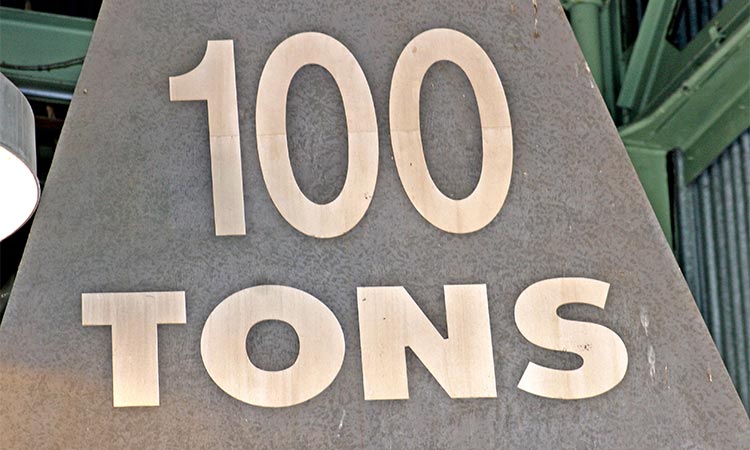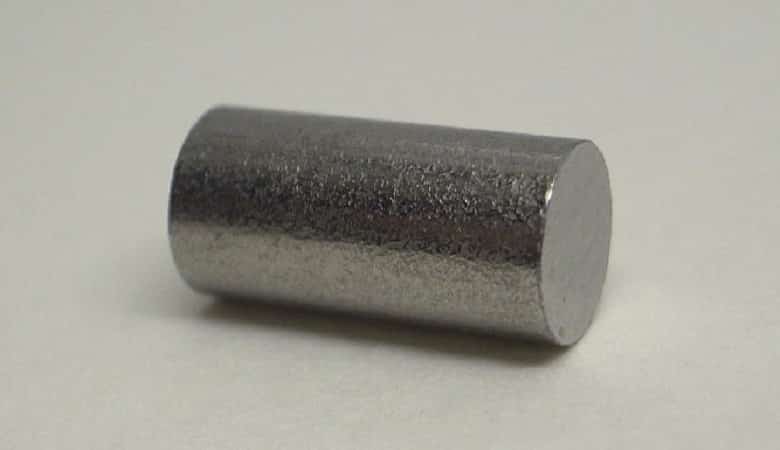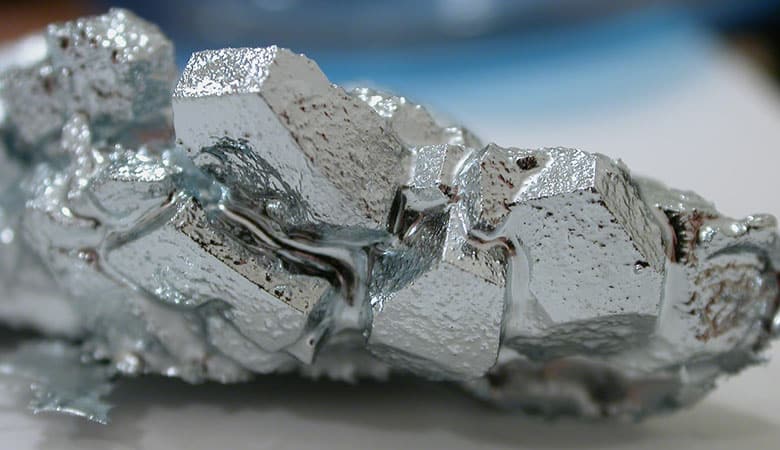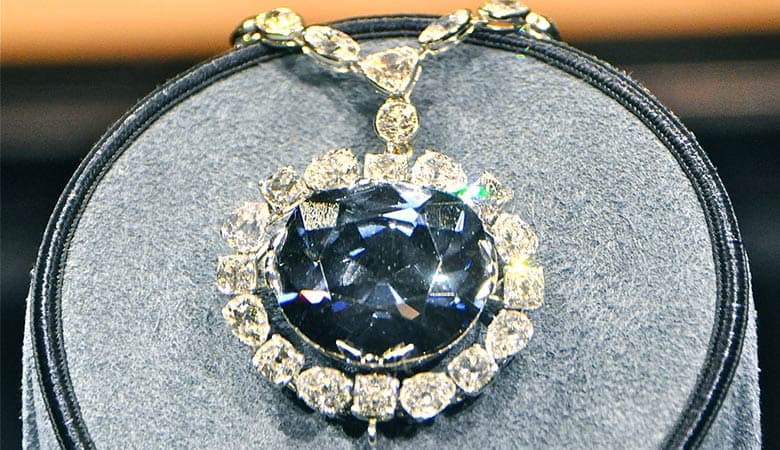U.S. paper money used to be worth its weight in gold, so to speak. The American government has since separated the worth of currency from gold. But, while the Gold Standard is no longer an active or accurate reflection of U.S. Money, paper bills and coins do, of course, have standard sizing and weight.
What is the weight of U.S. Money? Here’s are the weights of U.S. currency, both coins, and bills:
| All U.S. Money | Penny | Nickel | Dime | Quarter | Half Dollar | Gold Dollar | Bills |
| Weight in grams | Before 1981 – 3.11 g After 1983 – 2.5 g | Since 1866 – 5 g | Since 1965 – 2.268 g | Since 1965 – 5.67 g | Since 1971 – 11.34 g | 8.1 G | 1 g |
| Diameter/ width | .750 in. | .835 in. | .705 in. | .955 in. | 1.205 in. | 1.043 in. | 2.61 in. wide/6.14 in. long |
| Thickness | 1.52mm | 1.95 mm | 1.35 mm | 1.75 mm | 2.15 mm | 2.00 mm | .0043 in |
| Edge/# of reeds | Plain | Plain | Reeded/118 | Reeded/ 119 | Reeded/150 | Edge-lettering | N/A |
| Composition | Copper Plated Zinc | Cupro-Nickel | Cupro-Nickel | Cupro-Nickel | Cupro-Nickel | Manganese-Brass | N/A |
These measurements and weights are only applicable for those coins that are currently in circulation and does not apply to the first design of any of these coins. As technology has advanced, so has the ability to mint and produce coins cheaper, quicker, and with more of a mix of different materials, thus making measurements vary.
U.S. Bills

Currently, the only U.S bills in production are as follows:
- $1
- $2
- $5
- $10
- $20
- $50
- $100
However, in the past decades, there have been a few larger denominations that the U.S. has printed that are still accepted as legal tender today.
- $500
- $1,000
- $5,000
- $10,000
The $100,000 bill was printed but is now not allowed to be in circulation, and it is no longer accepted as legal tender. These bills were not used often enough to keep in circulation, and it became an issue with trying to use these bills in transactions.
Medal and Coins Programs
The U.S. sends out some commemorative coins into circulation every year for a few different reasons:
- To raise money for a special cause
- To commemorate specific events or people in history
- For collectors to honor people, places and events from history
- To inspire a peaked interest in our circulating coins.
These coins are extremely focused on their circumstance or reason and because of this reason, are usually harder to find and collect.
Circulating Coins
In 1999, the U.S. started a circulating coins program to spark some interest in our circulating currency. The first circulating coin project was the 50 State Quarters program, from 1999-2008 quarters were released with different states on them, with the intention that the public would try to collect them all. After this first coin program a few others began in later years:
- America the Beautiful Quarters
- DC & U.S. Territories Quarters
- Lincoln Bicentennial Cents
- Westward Journey Nickels
Even though these are special circumstance coins, all of these coins match the specifications of normal currency circulating in the U.S. now, and they are also able to be used as legal tender for their proposed amount.
Dollar Coins
In 2012, the government started circulating dollar coins produced for the purpose of being collectibles. However, they are also able to be used as legal tender. All of these coins match the measurements for the original gold dollar specifications. The three programs that were started with Dollar coins are:
- American Innovation
- Native American
- Presidential
Congressional Medals
The U.S. government approves Congressional medals and presents them to individuals, groups, or institutions for their achievements and contributions. The government then approves bronze duplicates for sale to the public.
Currently there are 33 different medals that have been produced and presented; all of these have also been approved for public sale. A few examples of individuals or groups that have received these are:
- Bob Dole
- 2011 Fallen Heroes of 9/11
- Dr. Martin Luther King
- First Special Service Force
Receiving one of these medals is a huge honor, usually after an insurmountable sacrifice from the person, or group of people.
List Medals
The U.S. also has medals that are usually made for a long list of people or continuous circulating currency. Currently, the list medals available are:
- First Spouse Medals
- Not all have been minted or released yet
- Presidential Medals
- Ongoing as each new president’s term is over
Collectible and Investment coins
Along with regular circulation currency, the Mint also produces coins for the sole purpose of selling to collectors only through certified distributors. Now, these coins are not made for daily general transactions, and they are not distributed into circulation. However, they can be traded for legal tender.
The amount they are worth is usually inscribed on the front side of the coin. This is the amount of tender they are equal to, not the amount they are worth as a collector’s item. Specifications for each coin differ depending on purpose and type. The first two collective coins only have one variation of themselves.
| Precious Metal Coins | American Buffalo Coin | First Spouse gold coin program |
| Weight | 31.108 g | 15.554 g |
| Diameter | 1.287 in | 1.043 in |
| Thickness | .116in | .074 in |
| Composition | Gold | .9999 Fine Gold |
American Eagle Coin Program
The American Eagle Coin Program launched in 1986. As of 2019, there were four different styles of the American Eagle Coin available in different weights.
- Gold Bullion Coins (available in 4 Sizes)
- 1 oz
- .5 oz
- .25 oz
- .10 oz
- Gold Bullion Coins – 1 oz
- Silver Bullion Coins – 1 oz
- Palladium Bullion Coins – 1 oz
2016 Centennial Gold Coin Program
These coins were only released in 2016 for the sole purpose of marking the anniversary of three icons.
- Mercury Dime
- Commemorates 100th anniversary of the classic coin design issued in 1916
- Standing Liberty Quarter
- Celebrates Hermon A. Macneil’s original quarter design
- Walking Liberty Half Dollar
- Celebrates Adolf A. Weinman’s original half dollar design
| Mercury Dime | Standing Liberty | Walking Liberty | |
| Weight | 3.110 g | 7.776 g | 15.552 g |
| Diameter | .650 in | .866 in | 1.063 in |
| Thickness | .047 in | .064 in | .085 in |
| Composition | 99.99% Gold | 99.99% Gold | 99.99% Gold |
Commemorative Coin Programs
The U.S. Mint also has a very long list of 112 different commemorative Coin Programs that celebrate and honor different people, places, things, events, and institutions. These coins can be used for legal tender.
However, they are not minted for general circulation to the public. These kinds of coins are only available for purchase for a limited time, as well as being made in an extremely limited quantity.
Overall, there are a large number of coins that you can find to begin collecting, some of which have not yet been released and won’t be for a few years because their programs are so new.
Collecting these coins can be rewarding, but also rather difficult due to the rare nature of a lot of the programs being purely for collectors. The U.S mint website has a large amount of information for collectors who are just starting out. You can learn everything from how to care for your coin, to the anatomy of a coin, both of which will help you get the most profit or value out of your collection.
More Information About U.S. Currency
You also have the option of buying your choice of several gift sets of coins, bills, or medals. You can have simple circulating bills put in special circumstance envelopes or cases to signify a special event, or you can buy a whole set of collector’s coins that are grouped by date, mint location, or event. These gifts sets are usually worth a good amount to collectors and are mainly used for display purposes.






